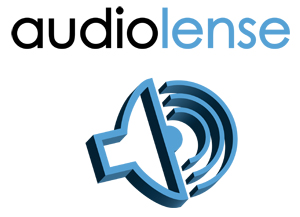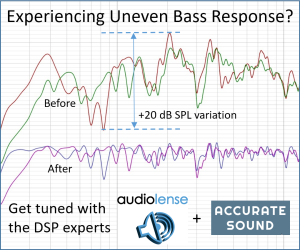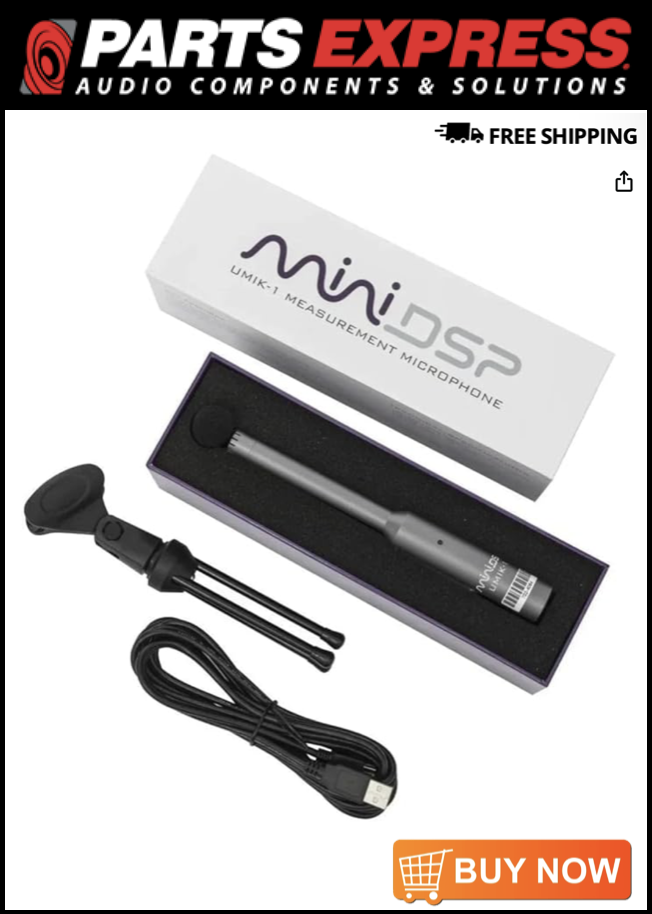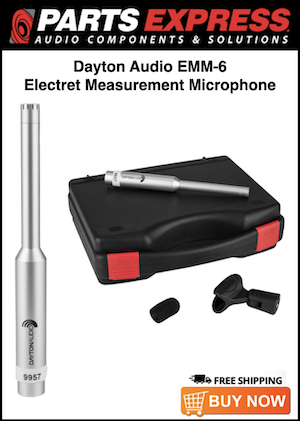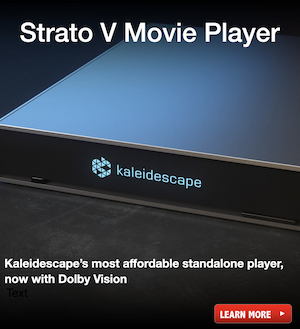BlueRabbit
New Member
Thread Starter
- Joined
- Sep 16, 2024
- Posts
- 2
Hello,
I intend to build a 4-way active stereo closed speaker, i.e. an 8.0 configuration: in each speaker, 1 subwoofer (0-200Hz), a midwoofer (200-1000Hz), a midrange (1000-2700Hz), a tweeter (2700-xxxxx Hz).
The crossover will be done with audiolense XO + Jriver (Windows PC). Some aspects are not yet very clear to me in the manual/automatic distribution of tasks between audiolense XO and jriver. I specify that at first I do nothing on the room correction, possibly just a target curve but in a second step.
1/ If I have a difference in sensitivity between the drivers. For example my sub channel gives 90dB, my midrange gives 95 db, etc ...: is it in audiolense XO (which transmits to jriver?) that we manage the fixed attenuation on the channels?, in my case -5dB on the midrange frequency range, or should we do it outside of audiolense in jriver directly?
2/ where is the time alignment between the tweeter and the other channels managed: for example we must put a delay of X milliseconds on the tweeter. Is this time delay specified by the user in audiolense XO (which transmits to jriver?), or should we do it outside of audiolense in jriver directly?
3/ is there a step-by-step procedure somewhere to do all this in audiolense/jriver: XO cutoff frequencies, fixed attenuation according to sensitivity, time delay on the tweeter for time alignment?
Thank you in advance for your help.
I intend to build a 4-way active stereo closed speaker, i.e. an 8.0 configuration: in each speaker, 1 subwoofer (0-200Hz), a midwoofer (200-1000Hz), a midrange (1000-2700Hz), a tweeter (2700-xxxxx Hz).
The crossover will be done with audiolense XO + Jriver (Windows PC). Some aspects are not yet very clear to me in the manual/automatic distribution of tasks between audiolense XO and jriver. I specify that at first I do nothing on the room correction, possibly just a target curve but in a second step.
1/ If I have a difference in sensitivity between the drivers. For example my sub channel gives 90dB, my midrange gives 95 db, etc ...: is it in audiolense XO (which transmits to jriver?) that we manage the fixed attenuation on the channels?, in my case -5dB on the midrange frequency range, or should we do it outside of audiolense in jriver directly?
2/ where is the time alignment between the tweeter and the other channels managed: for example we must put a delay of X milliseconds on the tweeter. Is this time delay specified by the user in audiolense XO (which transmits to jriver?), or should we do it outside of audiolense in jriver directly?
3/ is there a step-by-step procedure somewhere to do all this in audiolense/jriver: XO cutoff frequencies, fixed attenuation according to sensitivity, time delay on the tweeter for time alignment?
Thank you in advance for your help.








